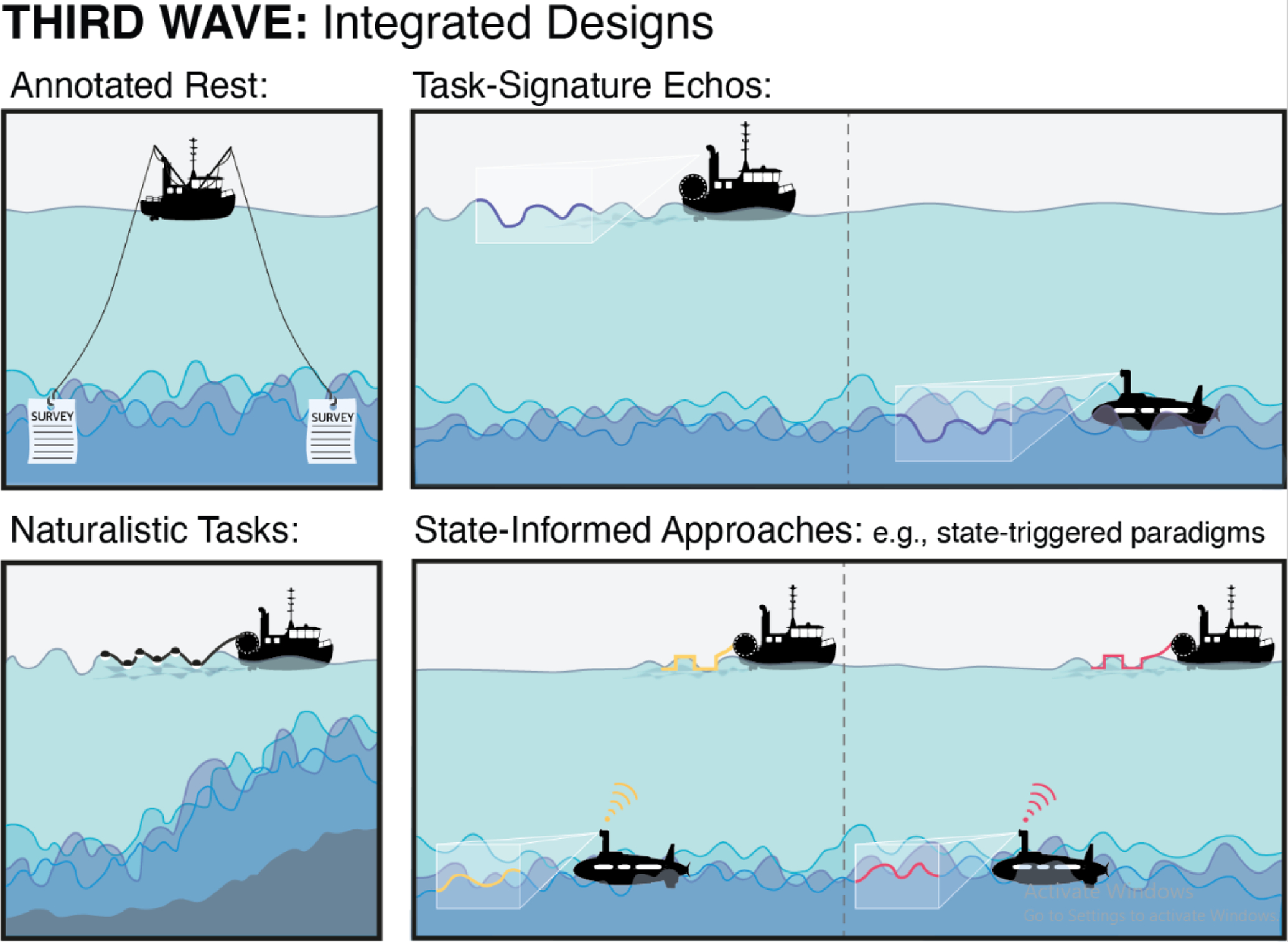Figure 2. Third-wave integrated designs that blend task- and rest-inspired approaches.

In the third wave, we have an opportunity to draw from the best of both worlds during acquisition and analysis. Four families of integrated designs are depicted. Annotated rest refers to acquiring introspection data—i.e., first-person reports of ongoing mental experiences during or after the scan—that can be linked to spatiotemporal features of brain activity. Naturalistic tasks (e.g., movie watching, story listening) are richer, more dynamic, and in some ways more ecologically valid than traditional tasks. These paradigms thus create stronger yet more organic ripples, bringing surface-level and deeper phenomena closer together. In task-signature echoes, activity patterns are characterized using data with a known task manipulation, and then rest data are mined to see if echoes of these signatures can be detected at rest, suggesting a kind of replay, reinstatement, or engagement in similar mental activities. Finally, in state-informed approaches, experimenters monitor brain state (either post hoc, or online using real-time neuroimaging), and deliver tasks at certain intervals to causally test the role of ongoing activity in shaping perception and behavior toward an external stimulus.
